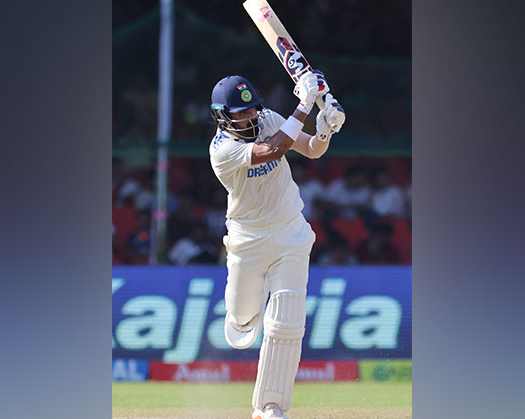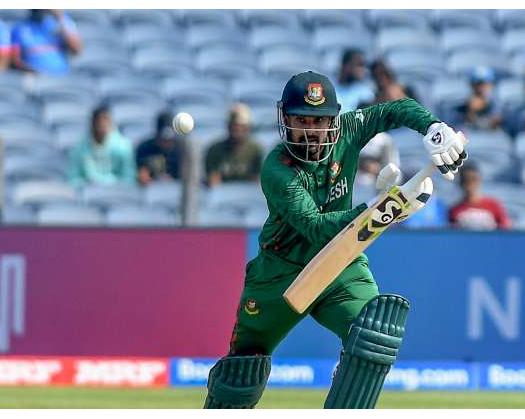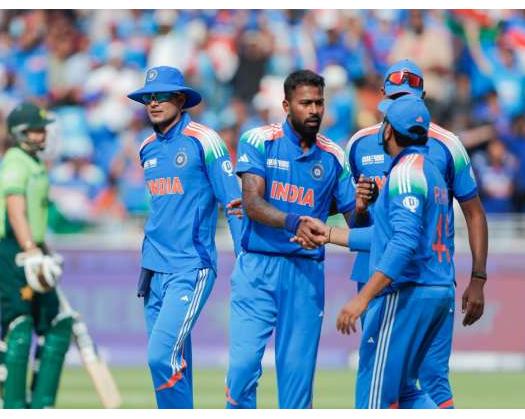Perth: A panel of cricket experts has expressed their dissatisfaction with the decision to dismiss Indian batsman KL Rahul during the first Test of the eagerly anticipated Border-Gavaskar Trophy.
Rahul, who was batting on a carefully constructed 26 runs, was adjudged not out by the on-field umpire, Richard Kettleborough, following an appeal from the Australian team against the wicketkeeper, Alex Carey. The appeal was made after Australia sought a review, and the snickometer indicated a significant spike in the ball's trajectory, with Rahul confirming that his bat had made contact with the pad. Subsequently, the third umpire, Richard Illingworth, requested the on-field umpire to reconsider the decision, which was met with Rahul's visible frustration as he was dismissed from the field. Consequently, India was left with a score of 47/4 in their batting position.
In an interview with Star Sports, Manjrekar voiced his disappointment with the quality of evidence provided to the television umpire. He argued that the decision should have been based on more substantial evidence, particularly given the critical nature of the match. Manjrekar emphasized that, with the naked eye, the only definitive evidence of a hit was the bat making contact with the pad. He questioned the need for technology, such as Snicko, to confirm such a basic visual observation.
"In an ideal scenario, if there was an edge to the ball, there should have been an earlier spike, given the clear occurrence of two events: the ball making contact with the bat and the sound of the bat hitting the pad. The visual evidence was clear, and the umpire should have acknowledged that. It was a poor supply of technology to the television umpire, and he should have admitted that he couldn't confirm it," Manjrekar stated.
He also described the situation as a "travesty," highlighting the significant position of India in the game and the personal importance of the moment for Rahul, considering his career and the national team's expectations.
Furthermore, former batter Wasim Jaffer has also expressed his dissatisfaction with the third umpire's lack of alternative viewing angles and the apparent disregard for established protocols, suggesting that the decision was "unfair."
"The third umpire requested an alternative viewing angle, which was not provided. It seems reasonable to believe that such a request would only be made if there was uncertainty. Given this uncertainty, one might question the decision to overturn the on-field not out call, indicating a poor application of technology and a failure to adhere to proper protocols. It appears that the decision was unjust. #AUSvIND," Jaffer commented on X.
https://x.com/WasimJaffer14/status/1859814016115408933
Former Indian all-rounder Irfan Pathan echoed similar sentiments on X, stating, "If there's any ambiguity, don't issue the decision."
https://x.com/IrfanPathan/status/1859818854584812007
In the context of the match, India won the toss and chose to bat first. Despite losing wickets at a regular pace, contributions from Nitish Kumar Reddy (41 runs from 59 balls, including six fours and a six) and Rishabh Pant (37 runs from 78 balls, with three fours and a six) helped India reach 150.
Josh Hazlewood was identified as the standout bowler for Australia, with captain Pat Cummins, Mitchell Marsh, and Mitchell Starc each taking two wickets.













